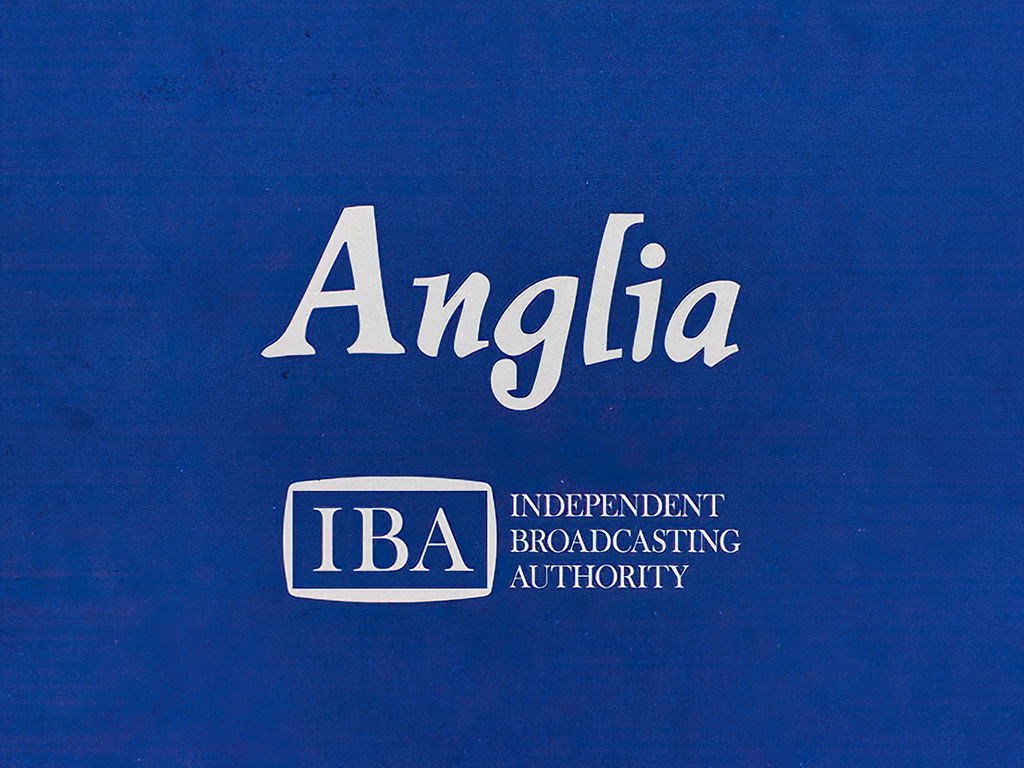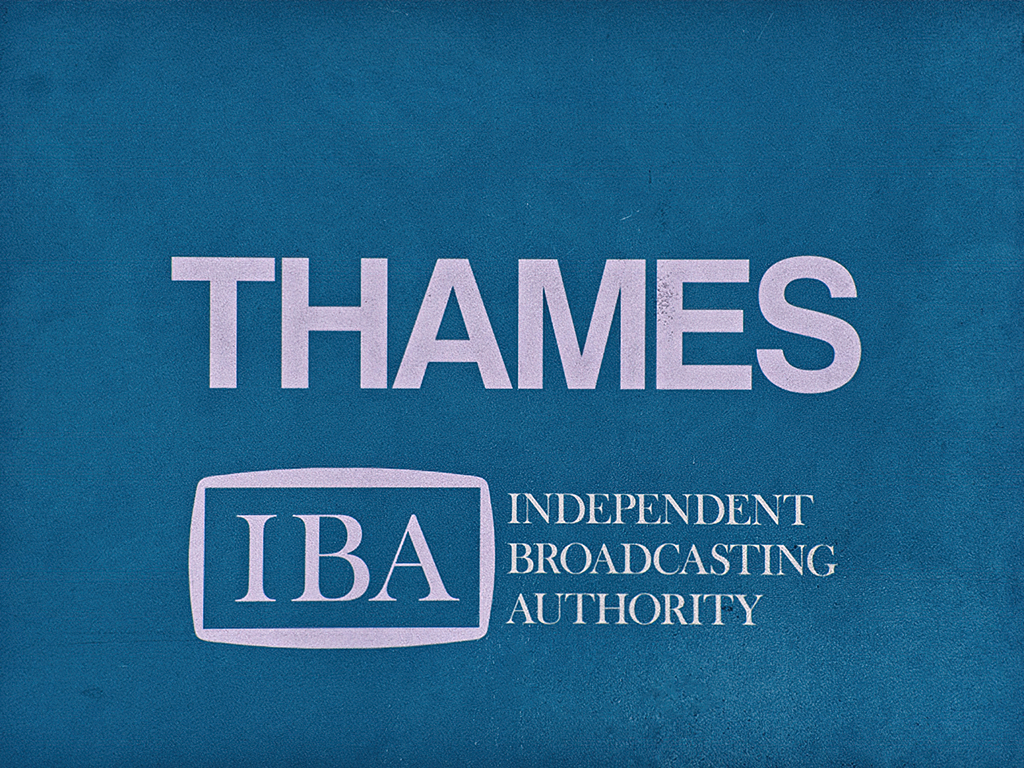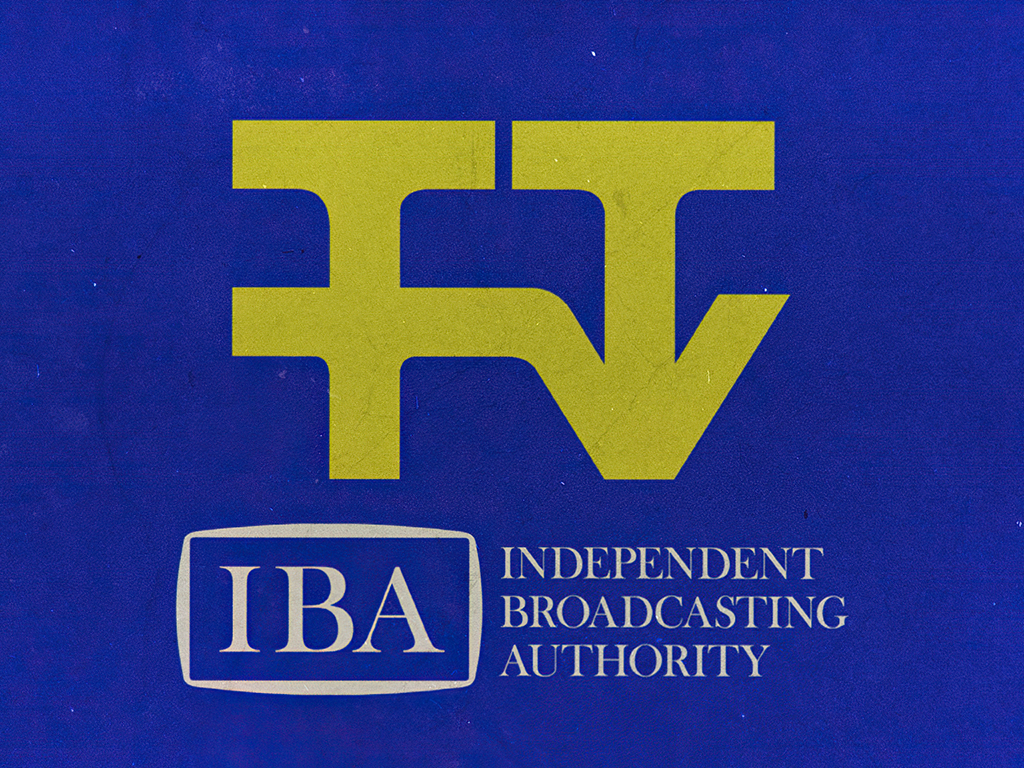IBA Ident
New, it's not
Quality: HQ
In the early 1950s the British Government decided that the British Broadcasting Corporation needed competition, and that the most cost-effective way to provide this was to invite the private sector to tender for the privilege to broadcast, being funded entirely by advertising revenue. However there were concerns from on high aswell as from the general public that commercial television would be crass, tasteless and belief that moral standards would be eroded by the potential for blatant materialism and that pressure from advertisers would make editorial independence on the part of programme makers, impossible.
However the 1951 Broadcasting Act was drawn up to put in place a mechanism for commercial television that would retain, at its top levels, a BBC-like organisation to control, license and monitor the independent companies that would produce the programmes. This body, the Independent Television Authority (ITA) was to become a publically-owned body responsible for building and maintaining the transmission infrastructure and also for awarding the licenses, or ‘franchises’ to give the right to bidding companies or consortia to form the face and substance of each regional station.
Such franchises were seen as highly lucrative because at that time in Britain there was no other means by which advertisers could spread their messages via any kind of electronic audio-visual means. The Government had long realised the power this would give any organization to be in control of, and that to allow any one company to run a television network would create an enormous monopoly, and it is for this reason that the commercial television network was tendered on a regional basis, with the ITA maintaining strict rules for how much presence any one company could have within the network, and even how many controlling shares companies could have in any given consortia, where franchise applicants were jointly-owned.
In 1973 Independent Television was joined by Independent Local Radio (ILR), starting with Capital Radio in London and the ITA’s remit was expanded to cover ILR also – and to reflect this, its name was changed to the Independent Broadcasting Authority, or IBA. The Authority, in both its guises, made its presence known by its logo appearing on various testcards and transmitter service cards that formed part of each ITV companies’ morning startup routines. These were not just graphical devices; they signified a formal handover between the Authority and its transmitters to the company licensed to feed content onto them. In theory, the Authority had the right to instantly pull the plug on any material they deemed inappropriate; in practice this never happened, but through rigorous monitoring, discussion and written feedback from the Authority, coupled with the ever-hanging threat that a franchise would not necessarily be renewed with the incumbent contractor, made sure that each programme company was kept on its toes and to a point, self-regulating.
The IBA regularly transmitted short programmes of Engineering Information, initially on down-hours on the ITV network, but moving to Channel 4 in 1982 to take advantage of the large amounts of empty airtime then available on the fledgling network. The Authority continued to have a hand in overseeing the application process for satellite services in the UK until the late 1980s, where BSB (its original incarnation before Sky and Granada invested in it) was the final broadcasting organization to have to face the IBA gateway.
New, it's not
Quality: HQ
New, it's not
Quality: HQ
New, it's not
Quality: HQ
New, it's not
Quality: ST












New, it's not
Quality: HQ
New, it's not
Quality: ST
New, it's not
Quality: HQ
New, it's not
Quality: ST
New, it's not
Quality: ST
New, it's not
Quality: ST
New, it's not
Quality: HQ
New, it's not
Quality: HQ
New, it's not
Quality: HQ
New, it's not
Quality: HQ
New, it's not
Quality: HQ
New, it's not
Quality: HQ
New, it's not
Quality: ST
New, it's not
Quality: HQ
New, it's not
Quality: HQ
New, it's not
Quality: HQ
On 28 December 1980, the IBA announced that it had reviewed the ITV broadcasting licences again, for contracts beginning on 1 January 1982. A few changes were made to the ITV structure, with the creation of dual regions for the South and South East and the East and West Midlands. These regions were created following the push for more regional news.
ATV was re-awarded its contract for the dual Midlands region, but was considered by the IBA to have not focused on the region enough. As a result, changes were ordered including the diluting of existing shareholdings, greater production facilities in the contract area and the sale of Elstree Studios; to emphasise these actions the company was told to rename itself. It settled on the name Central Independent Television.
Southern Television lost its licence for the South and South East of England, in favour of South and South-East Communications, but later renamed Television South (TVS).
Westward Television also lost its licence for South West England, being replaced by Television South West (TSW). TSW ended up taking over Westward Television on 11 August 1981, but continued to use the Westward Television name until 1 January 1982.
The new nationwide breakfast television service was awarded to TV-am.Trident Television was ordered to sell the majority of its holdings in Yorkshire Television and Tyne Tees Television, and the two companies became independent of each other again. The Bluebell Hill transmitter in Kent was transferred from Thames Television/LWT to TVS, to increase the size of TVS’ South East sub-region.
New, it's not
Quality: HQ
New, it's not
Quality: ST
The 1990 Television Act dissolved many of the IBA’s functions, decreed that their technical assets be sold off (initially to NTL – National Transcommunications Limited which through various takeovers and demergers became what is now known as Arquiva) and transferred their weakened their regulatory remit into a new ‘light-touch’ organisation known as the Independent Television Commission, or ITC (which had no connection with Lew Grade’s Incorporated Television Company which joined with Associated Newspapers to form Associated Television – ATV).
Under the ITC ownership rules relating to how much of a share in any given company, or indeed of how many franchises one company could operate, were dissolved during the 1990s which led eventually to the merger of all ITV companies in England & Wales under the Granada umbrella, which rebranded all stations, simply, itv. Only Scottish, Grampian and Ulster Television escaped the monopoly. It was argued at this time that the old method of controlling advertising revenue monopolies was not necessary and indeed was industrial suicide at a time when television advertising was facing intense competition from ‘new media’ – meaning, in short, the internet.
New, it's not
Quality: ST
New, it's not
Quality: ST
New, it's not
Quality: HQ
Here’s how the media reported on the bids put in by the various broadcasters…
New, it's not
Quality: ST
New, it's not
Quality: ST
New, it's not
Quality: ST
New, it's not
Quality: ST
New, it's not
Quality: HQ
New, it's not
Quality: HQ
New, it's not
Quality: HQ
New, it's not
Quality: HQ
Now the news of the winners and losers announced towards the end of 1991…
New, it's not
Quality: ST
New, it's not
Quality: ST
New, it's not
Quality: ST
New, it's not
Quality: ST
New, it's not
Quality: HQ
New, it's not
Quality: HQ
New, it's not
Quality: ST
New, it's not
Quality: ST
New, it's not
Quality: ST
New, it's not
Quality: ST
New, it's not
Quality: ST
New, it's not
Quality: ST
New, it's not
Quality: HQ
The new companies begin broadcasting…
New, it's not
Quality: HQ
New, it's not
Quality: HQ
New, it's not
Quality: HQ
New, it's not
Quality: HQ
New, it's not
Quality: HQ
New, it's not
Quality: HQ
New, it's not
Quality: HQ
New, it's not
Quality: ST
New, it's not
Quality: ST
New, it's not
Quality: ST
New, it's not
Quality: HQ